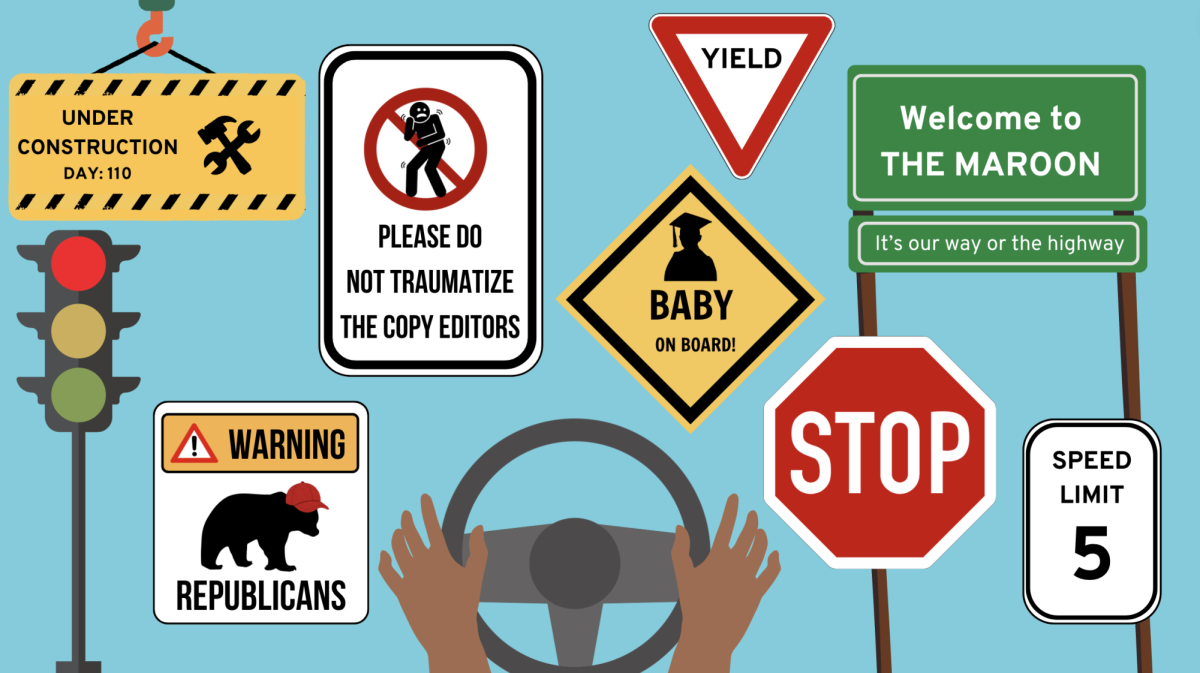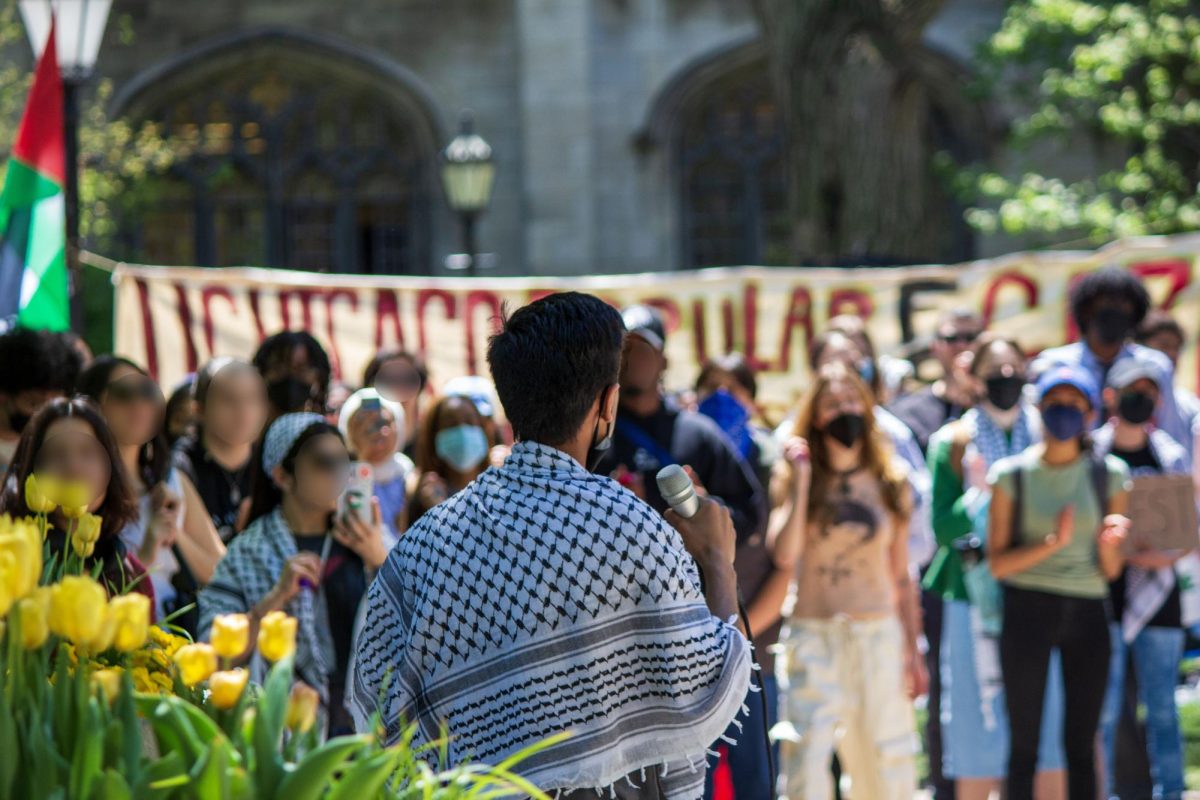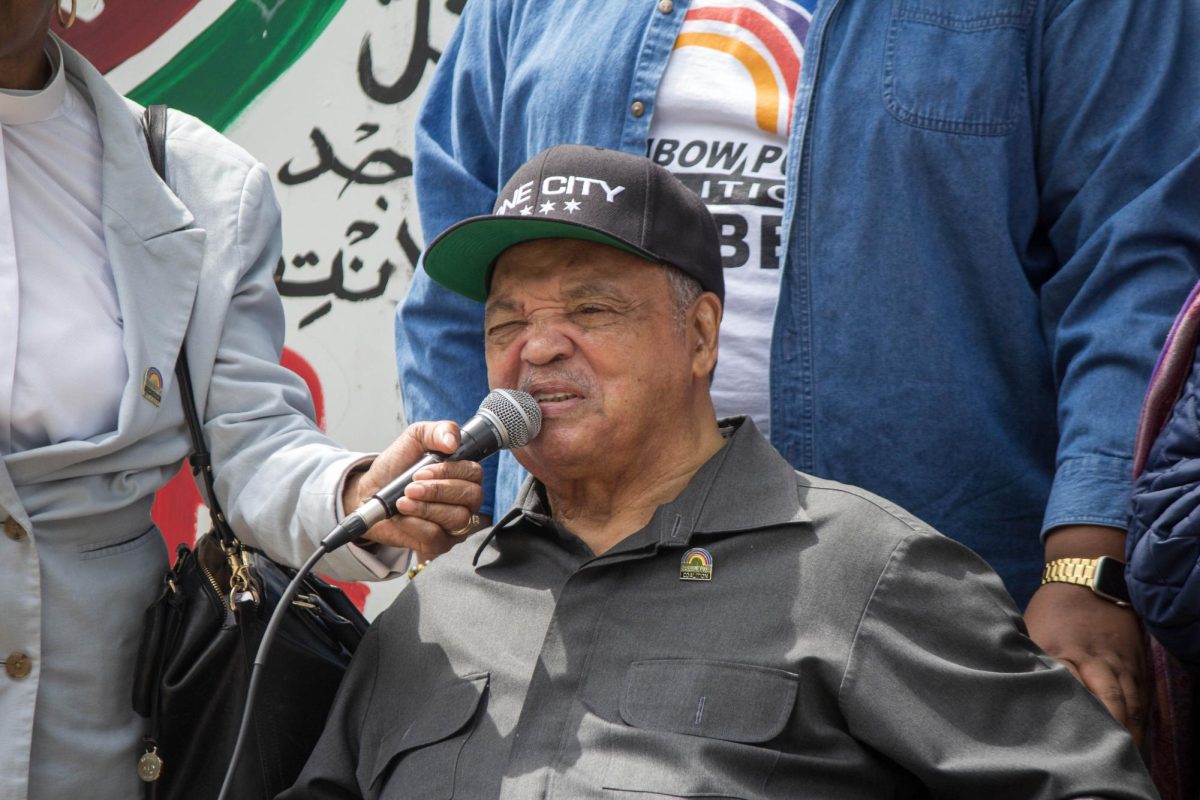Baseball in October means many things: Tim McCarver’s incessant assault on reason on Fox, a debilitating bounty of Dane Cook promos, and this year, hours upon hours of exposure to the most offensive logo in sports, the Cleveland Indians’ Chief Wahoo.
For years now, the beaming, crimson-red face of Wahoo has been the object of protests for its cartoonish embodiment of Native American stereotypes. But by not discussing other issues in the Native American community, the media miss the point entirely, framing a baseball team’s logo as the only crisis facing Native Americans. While we do have an obligation to abolish Chief Wahoo, that should be only the beginning of the activism.
More than any other ethnic group in the United States, American Indians are often associated with a past existence. From Buffalo Bill’s “Wild West Show” to the cowboys-and-Indians dramas of the 1950s, there is a pervasive sense that American Indians are leftovers from some previous age—a group of breathing fossils that once gave us corn, Thanksgiving, and James Fenimore Cooper novels.
To the extent which Americans have any image of contemporary Indians, it often comes in the form of caricatures that are no less incriminating. Think of the massive casinos of the East, which bring slot machines, bad architecture, and a glossy cultural narrative under one roof. Foxwoods Resort Casino, in Mashantucket, Connecticut, for example, has a museum near the site, which, among other things, pays homage to the hallowed Pequot tradition of gambling with a life-size diorama and interactive exhibit. Out west, the gambling stereotype is broadened to include “the drunken Indian” as well.
It’s no wonder, then, that the most common excuse offered in defense of Wahoo is that he is intended not as a slight but as an “honor”—as if Wahoo is a memorial to some once-great civilization, not unlike the glitzy casinos and their new museums. It only goes to underscore the point that the contemporary American Indian is as forgotten as the Ghost Dance.
These entrenched stereotypes cloud a present reality that we have a moral imperative to amend. According to the latest census, 25 percent of American Indians live below the poverty line, nearly double the national average, and the median income for an American Indian household, $33,627, is roughly $15,000 less than the national figure. The health gap is just as damning: fully 31.4 percent of American Indians have no health insurance, compared to just 10.7 percent of whites. American Indians die of alcoholism at a rate that is more than five times higher than the national mean, and, not coincidentally, they’re more than twice as likely to be killed in a motor vehicle accident.
Considering those circumstances, Chief Wahoo’s toothy, red-faced grin would seem to be the least of their worries. When you consider that American Indians have experienced more than 500 years of being stepped all over with nothing to show for it, you can start to see how the presence of a few professional sports franchises with conspicuous names and mascots would be grasped at as “honors.” When you take away Wahoo, really, what’s left?
There is some room for optimism, though. With Native Americans Jacoby Ellsbury of the Red Sox (Navajo) and Joba Chamberlain of the Yankees (Winnebago) getting their first cups of coffee in the big leagues, now seems as good a time as ever to move past the disgraceful Wahoo and provide American Indians with some tangible progress. Neither Ellsbury nor Chamberlain is a true child of the reservation system, although both did spend time at Tribal Agencies during their formative years. To say they have an obligation to speak out would place an unfair burden on two athletes who are just a few years out of college. However, as potentially the first two Native American stars in any professional sport in more than 70 years, they will have a unique opportunity to use their positions as a bully pulpit for change.
More importantly, the duo’s rise to stardom puts a face on the modern American Indian that is undeniably real. It’s a face that doesn’t look anything like the red-faced Chief Wahoo, and it offers living proof that their problems of perception and treatment are in the present just as much as they are in the past. Eliminating a racist logo should be an obvious course of action, but that alone won’t erase half a millennium of neglect.







